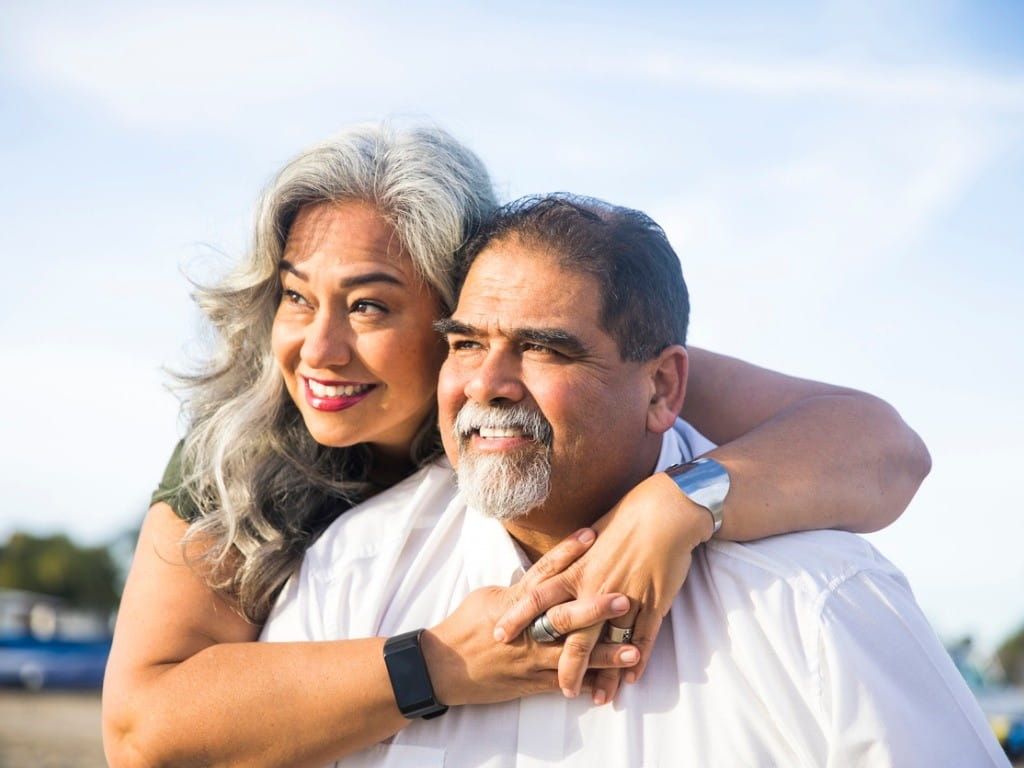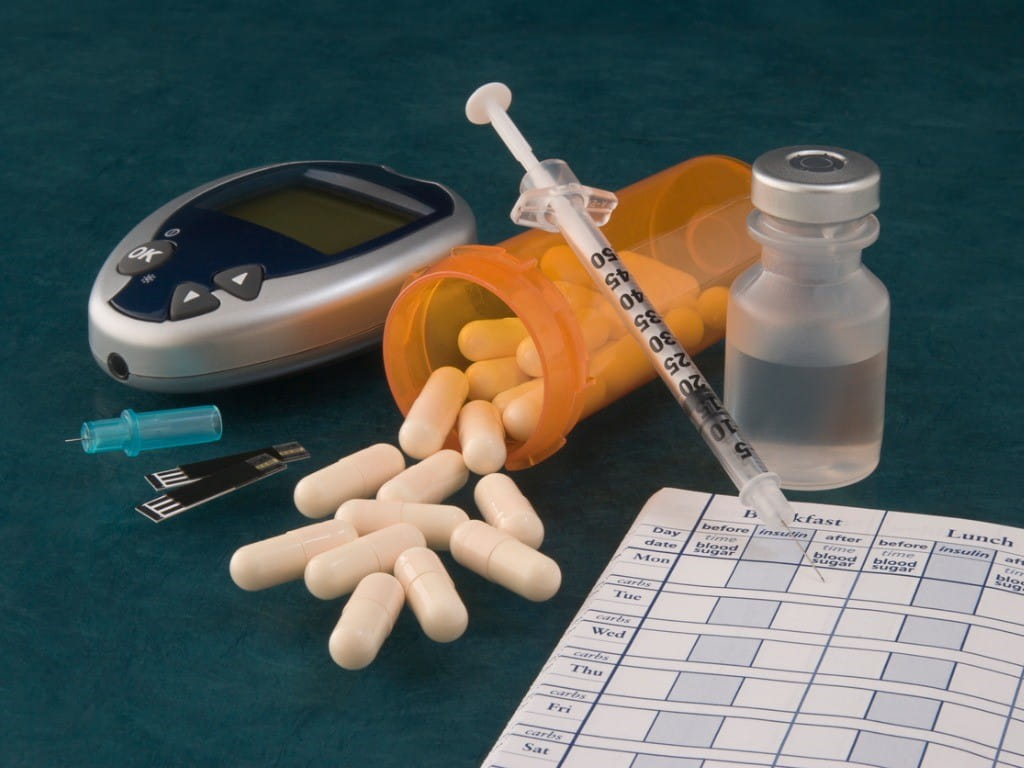A New Class of Drugs for Diabetes
Benefits and Risks of SGLT2 Inhibitors

The Bottom Line
SGLT2 inhibitors are a new class of drugs for type 2 diabetes. They have some unique benefits such as less risk of dangerously low blood sugar compared to many other antidiabetic medicines. On the down side, patients might experience more urinary infections and should guard against dehydration.

The Full Story
Most of us are affected in some way by the rising tide of diabetes. According to the World Health Organization, the number of people diagnosed with diabetes worldwide has gone from 108 million in 1980 to 422 million in 2014. The vast majority of diabetic patients have type 2 diabetes (T2D), also called adult-onset diabetes. T2D is often the result of excess body weight and physical inactivity. Increasingly, children are also being diagnosed with T2D. Lifestyle changes such as diet and exercise are recommended as first-line therapy for T2D, but medications might be necessary to help control blood sugar.
A newer class of antidiabetic drugs is the SGLT2 inhibitors (SGLT2 = sodium-glucose cotransporter-2). There are four drugs in this category (see table). The SGLT2 inhibitors are unique because they do not affect the body's insulin directly. Instead, they prevent the kidneys from absorbing glucose (sugar) back into the body as urine is being formed. The result is that more glucose is passed out in the urine. The more glucose that is eliminated in the urine, the more the patient's blood sugar is lowered.
|
Currently Available SGLT2 Inhibitor Drugs |
|
|
Generic Name |
Brand Name |
|
Canagliflozin |
Invokana |
|
Dapagliflozin |
Farxiga |
|
Empagliflozin |
Jardiance |
|
Ertugliflozin |
Steglatro |
The American Diabetes Association and the American Association of Clinical Endocrinologists recognize SGLT2 inhibitors as some of the top choices for treating T2D because of their effectiveness and low rate of adverse effects.
Since these drugs don't work on insulin, they don't cause dangerously low blood sugar, which is a side effect of many other antidiabetic drugs caused by increased insulin activity. However, the SGLT2 inhibitors do have some adverse effects. The higher concentration of sugar in the urine and increase in urination can lead to an increased risk of urinary tract and yeast infections as well as dehydration and thirst. On the other hand, some benefits of these drugs include weight loss (0.1-4 kg); lower blood pressure (3-6 mm Hg systolic); and a reduced risk of the dangerous cardiovascular complications of T2D such as heart attack and stroke (canagliflozin and empagliflozin only).
A few overdoses with SGLT2 inhibitors have been reported. The good news is that even large doses seem to be well tolerated with only minor effects occurring. In a review of 88 intentional and unintentional cases reported to 13 poison centers in people aged 1 to 75 years, only 8 of the 88 developed symptoms, mainly nausea and vomiting. About half of the cases involved children younger than 6 years who had unintentionally gotten into the medication.
Based on the small number of SGLT2 inhibitor overdoses reported so far, it seems likely that the person who unintentionally takes a double-dose or the child who gets into an adult's prescription will have either no effects or only mild effects, such as nausea, vomiting, or dizziness. On the other hand, when someone intentionally takes a large dose or is already taking the medicine on a regular basis, other problems can occur that require medical attention. These can include symptoms such as confusion, excessive urination, dehydration, rapid heartbeat, and blood changes (acidosis, low potassium).
The SGLT2 inhibitors are also manufactured as combination products with other diabetes drugs such as metformin or DPP-4 inhibitors ("gliptins"), which can add their own toxicities. It's important to know the exact names of all medications you take so that the medical professionals caring for you will have the most accurate information when assessing your health.
What should you do if someone unintentionally takes too much of an SGLT2 inhibitor? Do not induce vomiting. Instead, check the webPOISONCONTROL® online tool for guidance, or call Poison Control at 1-800-222-1222.
Leslie A. McCament-Mann, PhD, RPh
Clinical Toxicologist
Poisoned?
Call 1-800-222-1222 or
Prevention Tips
- People taking SGLT2 inhibitors, especially seniors, should drink plenty of fluids to guard against dehydration and low blood pressure, which can lead to dizziness and falls.
- Do not take SGLT2 inhibitors to treat diabetes during pregnancy or breastfeeding.
- Keep all medicines securely out of the sight and reach of children and pets.
This Really Happened
Case 1. A 2-year-old swallowed one dapagliflozin 5 mg tablet (a normal daily dose for an adult). The child developed some nausea and rapid heartbeat but was sent home after being observed in an ER.
Case 2. A 15-year-old was brought to an ER after taking 125 mg of empagliflozin in a self-harm attempt (normal dose for an adult would be 10-25 mg per day). A mild rise in blood pressure and inability to control urination (incontinence) occurred, but these effects resolved and the patient was released.
Case 3. A 43-year-old who took 6000 mg (about 20 times the normal maximum dose) of canagliflozin for self-harm developed a rapid heartbeat, mildly elevated blood pressure, and vomiting. The symptoms resolved on their own while the patient was monitored in an ER.
For More Information
Type 2 diabetes. Rochester MN: Mayo Clinic; 2015 [accessed 13 Aug 2018].
Diabetes fact sheet. Geneva: World Health Organization; 15 Nov 2017 [accessed 15 Aug 2018].
References
Poisoned?
Call 1-800-222-1222 or
Prevention Tips
- People taking SGLT2 inhibitors, especially seniors, should drink plenty of fluids to guard against dehydration and low blood pressure, which can lead to dizziness and falls.
- Do not take SGLT2 inhibitors to treat diabetes during pregnancy or breastfeeding.
- Keep all medicines securely out of the sight and reach of children and pets.
This Really Happened
Case 1. A 2-year-old swallowed one dapagliflozin 5 mg tablet (a normal daily dose for an adult). The child developed some nausea and rapid heartbeat but was sent home after being observed in an ER.
Case 2. A 15-year-old was brought to an ER after taking 125 mg of empagliflozin in a self-harm attempt (normal dose for an adult would be 10-25 mg per day). A mild rise in blood pressure and inability to control urination (incontinence) occurred, but these effects resolved and the patient was released.
Case 3. A 43-year-old who took 6000 mg (about 20 times the normal maximum dose) of canagliflozin for self-harm developed a rapid heartbeat, mildly elevated blood pressure, and vomiting. The symptoms resolved on their own while the patient was monitored in an ER.
